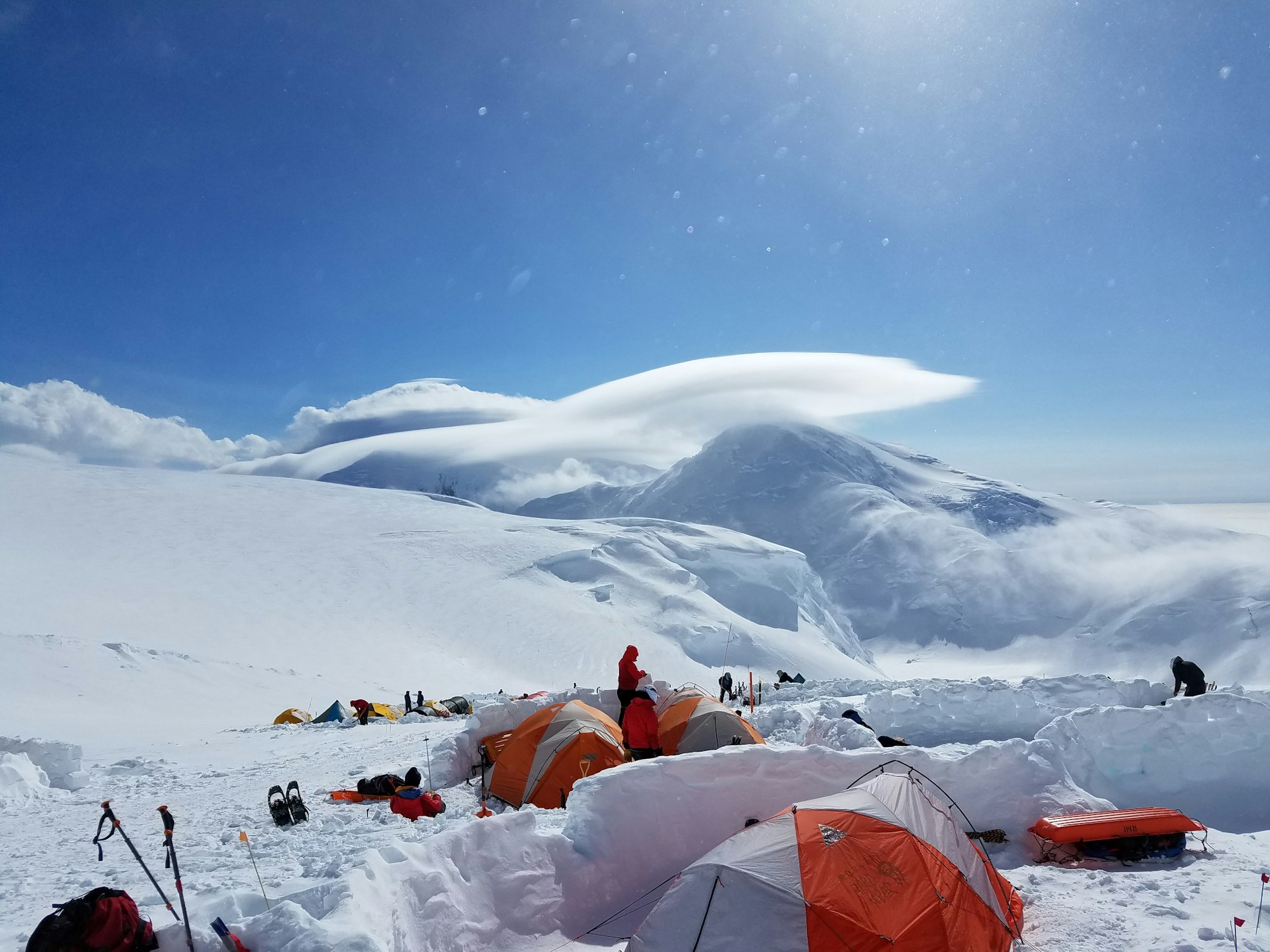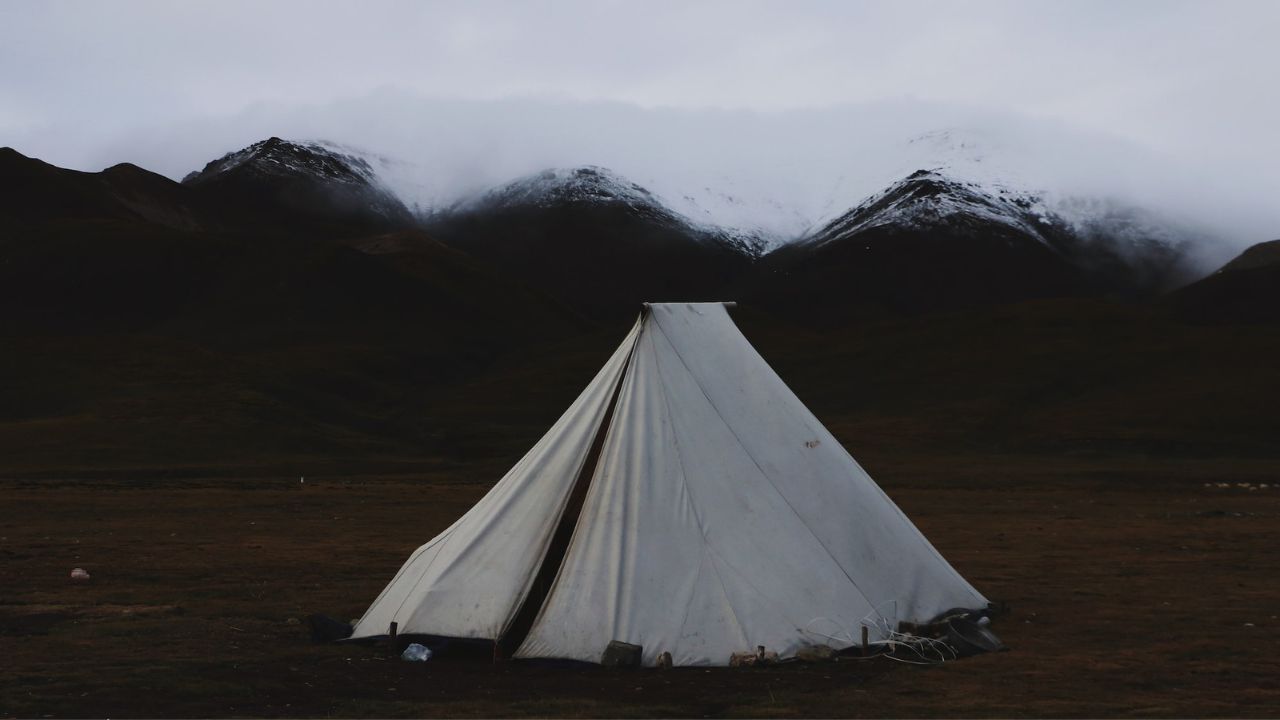Cliff camping: A Guide to the Ultimate Outdoor Adventure for Thrill Seekers
Explore the thrill of camping on the edge with our comprehensive guide on cliff camping. Learn about safety precautions, gear essentials, and the best spots for this adventurous activity. Get ready to take in breathtaking views while sleeping under the stars.
Are you a thrill seeker looking to take your outdoor experiences to the next level? Well, look no further than cliff camping!
This extreme outdoor adventure takes camping experiences to the next level. With stunning views and adrenaline-filled activities, it's perfect for those seeking an unforgettable journey.
Whether you already have some experience rock climbing or are just now testing the waters of thrilling outdoor adventures, this guide will show you what you need to know about taking on a cliff camping trip, from gear and safety precautions to tips for enjoying every moment of your journey.
Take a leap into nature's realms and explore the world in ways unlike ever before — let's get started!
What is Cliff Camping
Cliff camping is a thrilling and unique way to experience the great outdoors. It involves setting up a campsite high up on the sides of a cliff, often accessed by rappelling down from the top, providing stunning views and a feeling of adventure. If you're an experienced rock climber or just looking for a new outdoor challenge, cliff camping might be right up your alley.
This type of camping requires skill and knowledge, as well as the proper safety equipment. But, if done responsibly, cliff camping is an exciting way to experience nature up close while challenging yourself in unique ways. It will leave you with lasting memories for years to come!
Origins of Cliff Camping
While pinpointing the precise beginning of cliff camping is difficult, the idea of erecting transient camps atop a mountain has been around for decades. It was used as military training by Scandinavian countries as they would teach soldiers how to sleep safely in precarious positions, often using trees and any other natural features they could find to secure their beds.
This style of primitive camping enabled soldiers to navigate difficult terrain more easily than ever before and provided greater protection from beasts or unfriendly locals.
Afterward, people began adventuring up cliffs for recreational activities, and terms such as bouldering and abseiling became common, especially in Europe around Austria, France, Germany, and Switzerland. Rock climbers would use burlap sacks filled with hay or straw during winter months while summer climbers used empty sacks lined with wool blankets instead.
This allowed big wall climbers to camp right at their climbing spots without having to hike back down again each night – making their ascents much easier! They were often called abseiling (rappelling) camps, or climbers camps because it became common among climbers to set up their night camping site on the side of a cliff by setting an anchor and lowering themselves to the bottom.
Fast forward several decades later and you’ll see today’s modern-day commercialized versions in the form of 'Cliff Camping' or 'Extreme Hammocking', which includes lighter synthetic material tents or bivy bags that are specifically designed for this type of outdoor activity.
With the newfound popularity of this extreme activity, many adventure-seekers are eager to try different paths up unfamiliar mountainsides for a chance to witness awe-inspiring views from heights not accessible by those who are not into the sport of climbing!
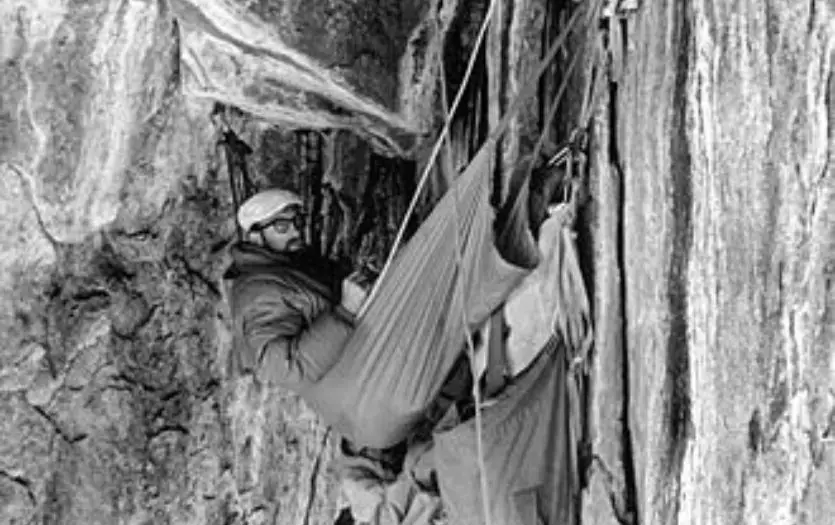
Before You Jump In: Explore the Benefits and Potential Risks
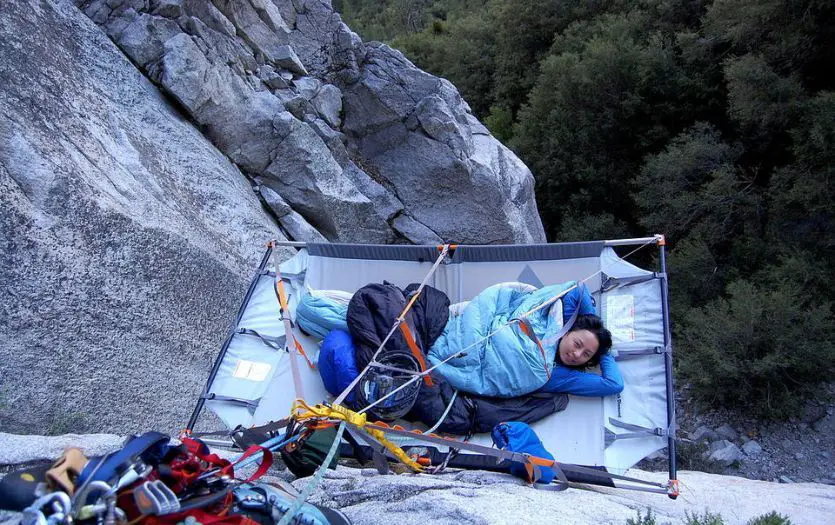
Challenges
Cliff camping may offer a thrilling and unique way to connect with nature, but it is important to remember that it also involves a certain level of risk.
From unstable and loose rock to unpredictable weather conditions, it is important to be aware of the potential hazards before embarking on your cliff camping journey.
Additionally, proper equipment and experience are crucial for ensuring a safe and successful trip. It is also important to consult with experts or park rangers before heading out, as they can provide valuable information on the specific risks and safety measures associated with your chosen camping location.
While the rewards of cliff camping may be great, it is essential to weigh the risks and take the necessary precautions to ensure a safe and enjoyable experience.
But, if you are not an experienced climber, and don't know about all the different ways to tie knots and set up camp on a cliff, it is best to consult a guide or use a professionally organized tour for your first experience.
Benefits
The rewards of cliff camping are worth the effort and risk, however. Cliff camping offers an unparalleled chance to get away from everything beneath you and all you have is the wilderness before you! You also get access to hard-to-reach landscapes that offer unique terrain for climbing or exploration.
Not only does it offer breathtaking views and a unique perspective, (yes you will get unbeatable sunrise/sunset photographs) but it also provides a challenge for experienced hikers and campers.
Camping on a cliff not only tests your physical abilities but also your mental strength and courage. Not to mention, the sense of accomplishment you'll feel upon reaching your campsite is unmatched.
It is not just physically rewarding but emotionally deeply satisfying too: it’s a great bond builder when tackling steep drops together with friends or family members who share a love for adventure!
If this sounds like something that would interest you, then definitely give cliff camping a shot! And don’t forget all those amazing Insta pics…
Who's it For
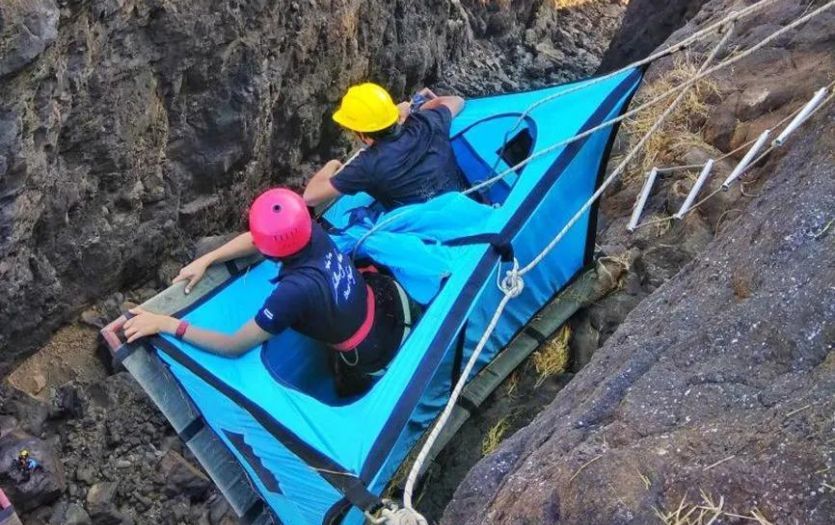
Imagine spending a night suspended from a sheer rock face hundreds of feet above the ground! While it can be an incredibly rewarding and enjoyable experience, it's not for the faint of heart. It's essential that you have a strong understanding of rock climbing and rappelling techniques, as well as proper equipment use.
But even if you don't have prior climbing experience, just enroll in a cliff camping program and they will provide you with all the necessary knowledge and guidance to set up a safe and secure campsite. But it's crucial that you have a solid grasp of safety protocols, such as setting anchors and communicating with your climbing partner.
The Basics of Cliff Camping
Cliff camping requires physical strength, mental agility, and courage. But before you take the plunge (pun intended), it's important to know what to bring with you and how to set up camp safely. With the right preparation and knowledge, your cliff camping experience can be both thrilling and rewarding!
What to Bring
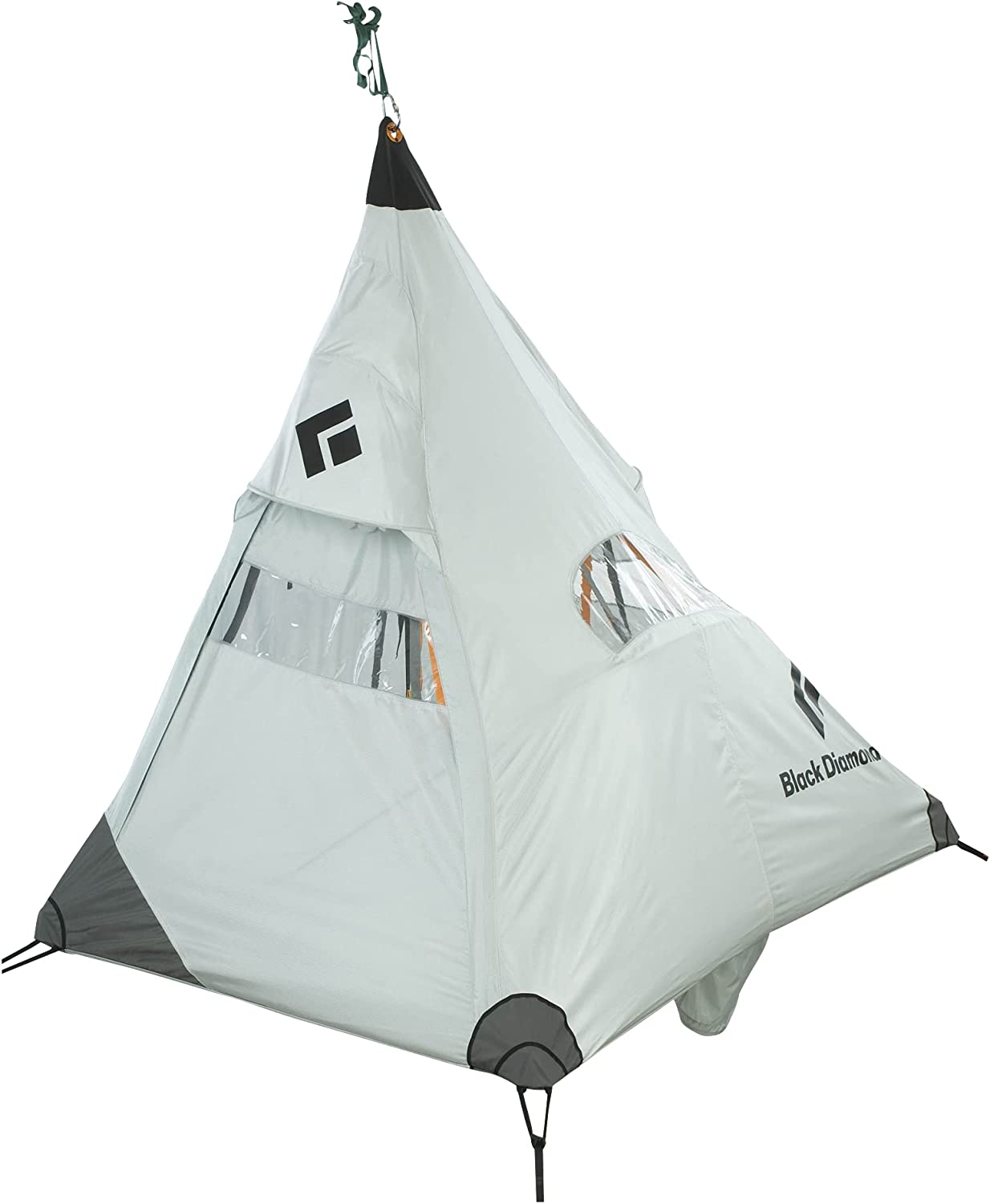
It's important to be prepared before heading out. Here are some essential items to bring for a successful trip:
- A sturdy and reliable tent: Look for a portaledge, tent specifically designed for cliff camping, with strong poles and anchors to hang them and withstand high winds and rugged terrain.
- A comfortable sleeping bag and pad: Nights can get chilly on the cliff, so make sure you have warm sleeping bags and a comfortable pad to sleep on. Also, keep a bivy sack handy, to keep it lightweight. Something like the minimalist MSR Bivy Sack Ultralight can be a great pick.
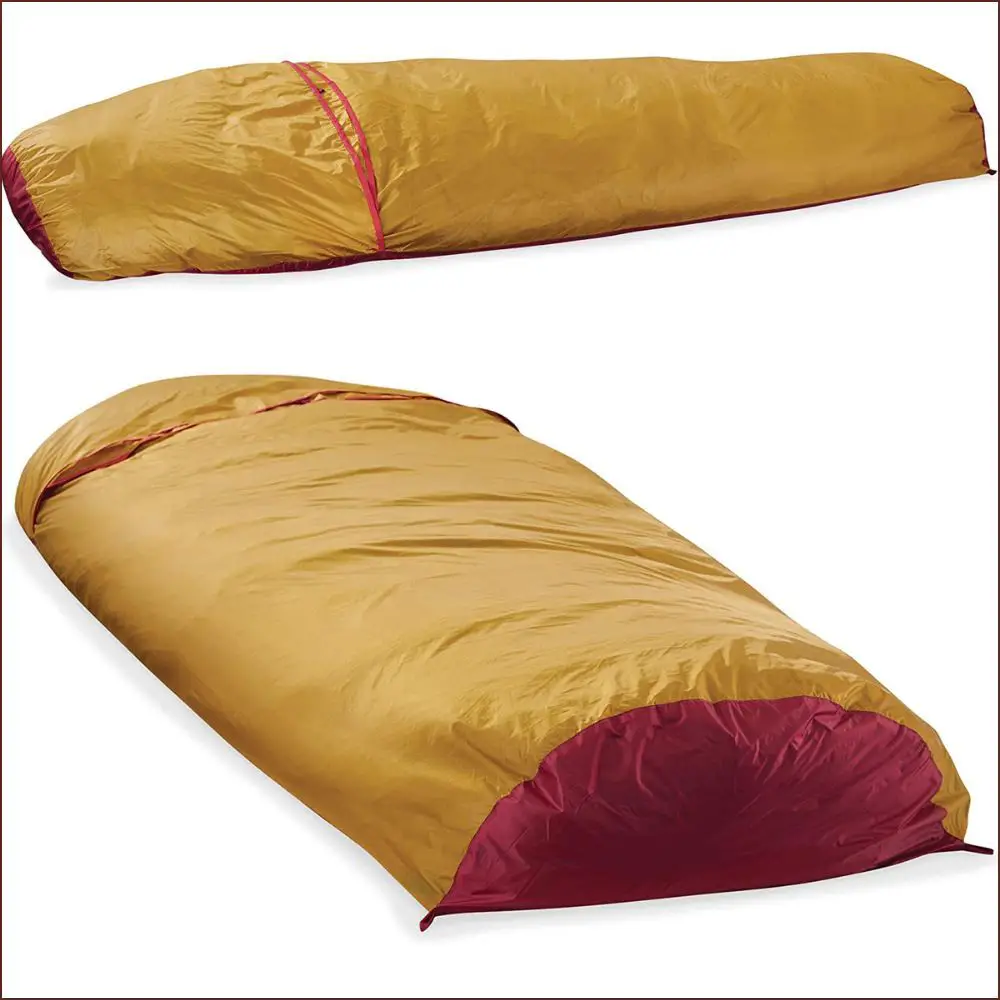
- A reliable camping stove and fuel: Cooking on the cliff can be challenging, so bring a portable camping stove that is easy to use and has enough fuel to last the duration of your trip.
- A reliable and durable backpack: You'll need a backpack to carry all your gear, so make sure it's sturdy enough but lightweight and comfortable to carry.
- Climbing gear: make sure you bring all the gear you need including a helmet, harness, carabiners, a belay device, and appropriate climbing shoes (or bouldering shoes) which will help you to access your campsite. If you are on a budget and need the best beginner bouldering shoes, check out the La Sportiva Tarantulace.
- First aid kit: Accidents can happen, so make sure you have a well-stocked first aid kit on hand.
- Food and water: Bring enough food and water to last the duration of your trip, including snacks and extra water for emergencies.
- Emergency items: Bring a whistle, a powerful flashlight or a headlamp, a small survival kit, and a personal locator beacon in case of emergency.
If you are going for a professionally organized tour, you won't need a lot of these items, as they will be provided. But, if not, it is always a good idea to be prepared and bring the right gear, so that you can fully enjoy the experience while staying safe and comfortable.
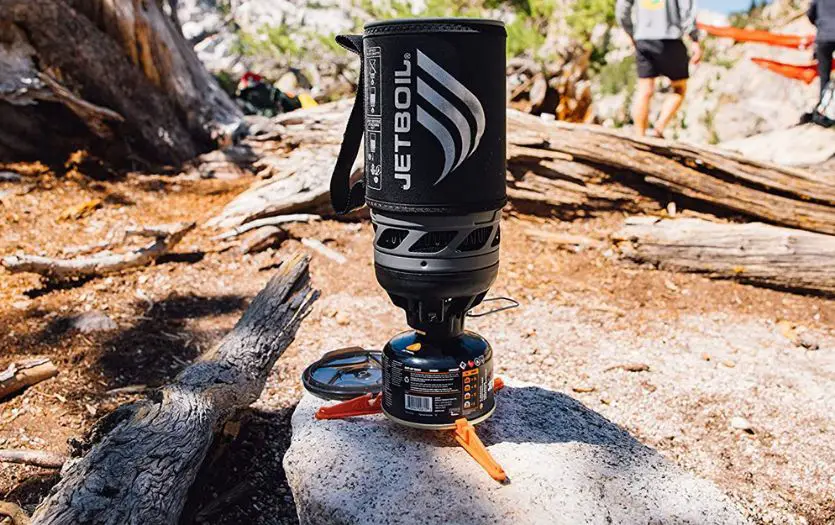
Also, check out our article on the Best Camping Flashlights
Setting Up
Once you've assessed your skills and comfort level, it's time to start planning your trip. Finding the perfect spot for your cliff camping site can be half the fun. Look for cliffs that are tall enough to provide a sense of exposure, but not so high that you feel overwhelmed. You should also consider the quality of the rock, as well as the availability of anchors for setting up your campsite.
Once you've found the perfect spot, it's time to start setting up your campsite. This will involve setting anchors and attaching your tent or hammock to them. It's important to use proper technique and equipment to ensure that your campsite is secure.
You should also bring enough gear to keep you comfortable for the duration of your trip. When it comes to cooking and eating, be sure to bring an ultralight and reliable stove. Be mindful of strong gusts of wind as open flames can be incredibly dangerous.
Safety Tips
Setting up a cliff camp site can be both exciting and nerve-wracking - especially if you’re a newbie. To help ensure your experience is enjoyable, here are some key tips to keep in mind when prepping:
1) Choose the right gear - Make sure you choose quality safety gear and equipment that fits properly and meets applicable industry standards. It is recommended to double-check connections three times before use to make sure they’re secure.
2) Learn how to tie knots - Knowing how to tie adjustable knots such as figure eight loops, overhand loops, water, or tape knots will come in handy when anchoring yourself into place and building belays.
3) Practice descent techniques - Different types of sets have their own unique maneuvers, so practice before you go on an outing so that you feel comfortable with each technique.
4) Inspect anchors regularly - Before every descent inspect your anchors for signs of wear or damage to ensure safety throughout the entire process.
5) Prepare mentally and emotionally - Fear of heights may affect your ability to enjoy the trip so it's important to take moments before you climb down to your setup. Take time outs to build anxiety levels back up if needed, then continue to rock climb or rappel downwards slowly but surely.
Additionally, be sure to inform someone of your plans and provide them with your intended itinerary. This is important in case of an emergency or if you fail to return as expected.
Finally don't forget that having fun is key; after all, why else would anyone want to try this sport? To get started just get out there (safely!) and give it a shot!
Also, check out our article on the best winter tents with stove jacks.
Some of the Best Cliff Camping Spots in the World
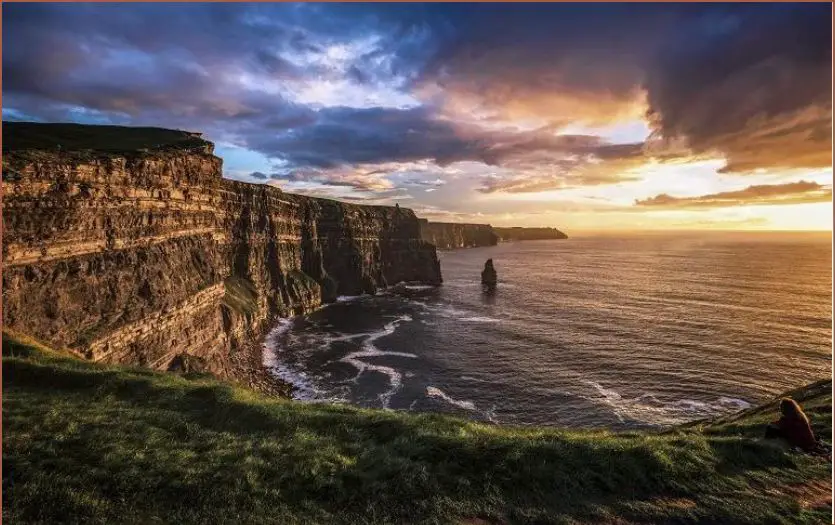
Cliff camping offers a unique and thrilling experience, with breathtaking views and a sense of adventure. Here are some of the best cliff camping spots around the world:
- El Capitan, Yosemite National Park, California: El Capitan is a granite monolith that rises 3,000 feet above the valley floor, making it a popular spot for rock climbing and cliff camping.
- The Dolomites, Italy: The Dolomites offer a variety of beautiful cliffs for camping, with stunning views of the surrounding mountains and valleys.
- The Narrows, Zion National Park, Utah: The Narrows is a narrow slot canyon that winds through the park and offers a unique camping experience among towering cliffs.
- Sandhan Valley, Maharashtra, India: Sandhan Valley is an awe-inspiring slice of nature, situated within the majestic Sahyadri mountain range in Maharashtra's Western Ghats.
- The Cliffs of Moher, County Clare, Ireland: The Moher visitor experience will be incomplete if you can't enjoy the incredible view of the Atlantic Ocean with an overnight camping experience. And finish your Cliffs of Moher tours with a trip to the Visitor Centre for a unique experience.
- Mount Buffalo, Victoria, Australia: Experience a soul-stirring evening on a portaledge, suspended over the mesmerizing 300m sheer cliff face of Mount Buffalo. You won't forget this breathtaking journey!
- Meteora, Greece: Meteora is a group of monasteries built on top of towering cliffs, offering a unique camping spot with a rich history.
- Estes Park, Colorado: Nestled along the majestic Big Thompson River lies Estes Park, the headquarters of Rocky Mountain National Park, home to mesmerizing views. Check out the overnight cliff climbing tours at Kent Mountain Adventure Center (KMAC)
- Torngat Mountains, Labrador, Canada: Torngat Mountains is a remote area that offers a rugged, wilderness camping experience among the cliffs, with incredible views and wildlife.
These are just a few examples of the many beautiful and exciting cliff camping spots around the world. Always remember to do your research and take necessary precautions before embarking on a cliff camping trip.
Also check out, our article on Tarp Shelters
Final Words
Cliff camping is an experience that every adrenaline-seeking outdoor enthusiast should try at least once in their lifetime.
With the right preparation and safety measures it can be a fun and rewarding adventure.
Make sure to bring a camera to capture the beautiful scenery. Don't forget to take some time to just sit and appreciate the natural surroundings, it's an experience you'll never forget.
So what are you waiting for? Go out there and explore! You're sure to have a blast!
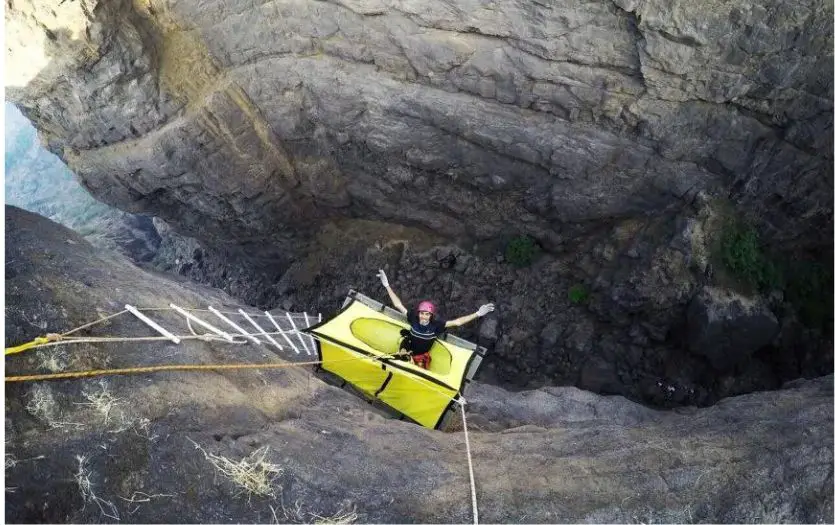
Also, check out some of our other articles:

